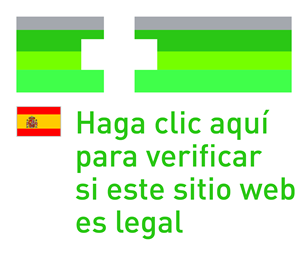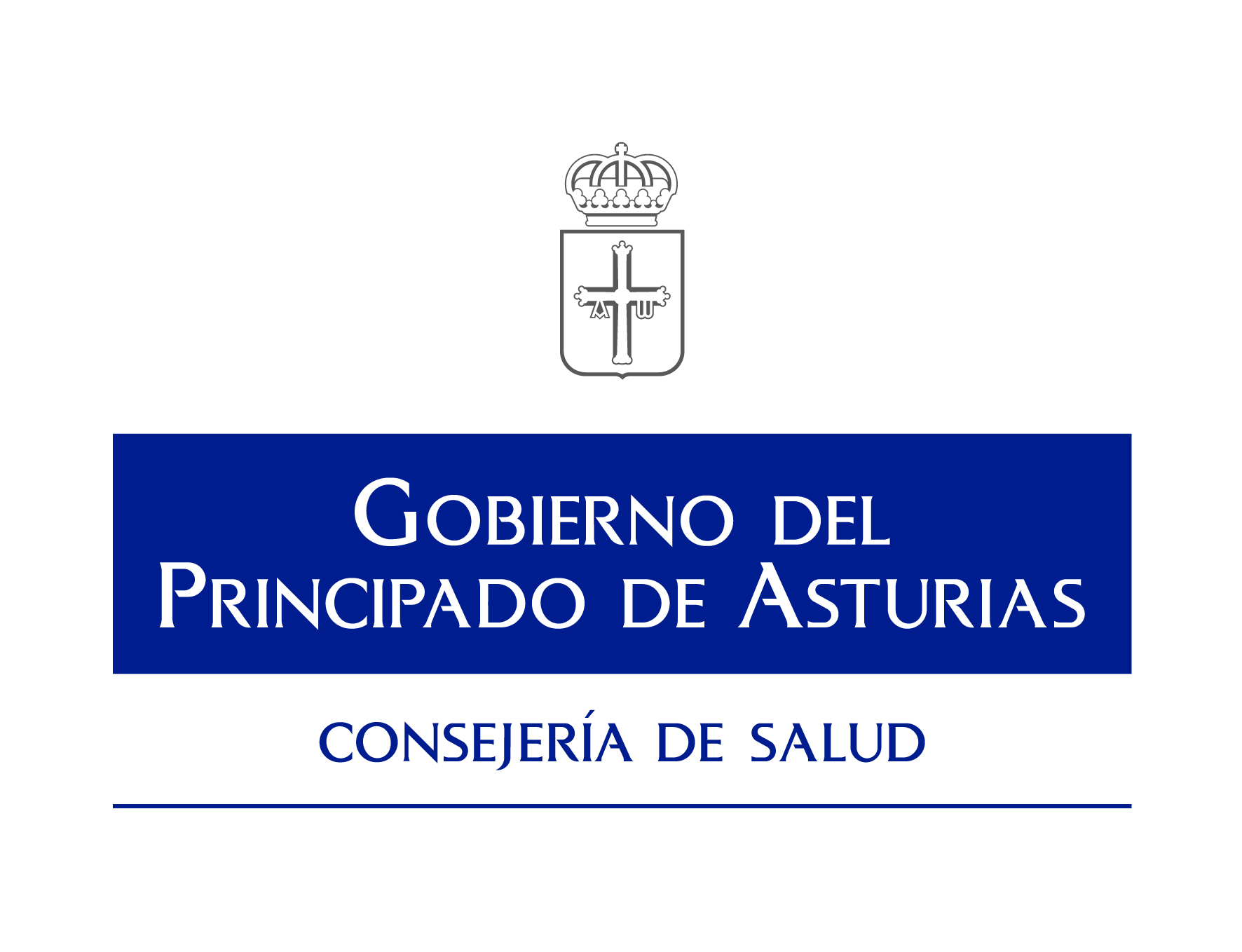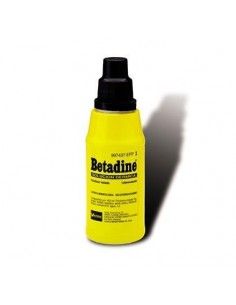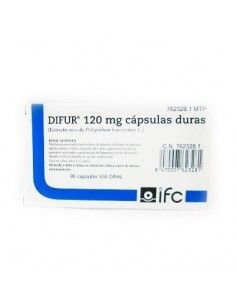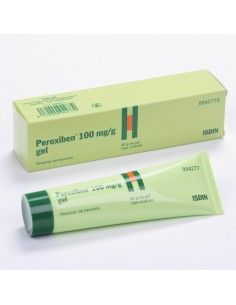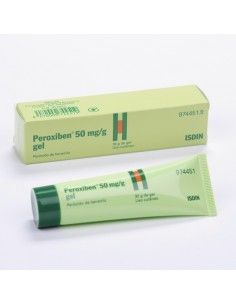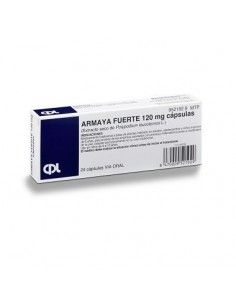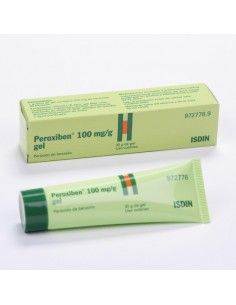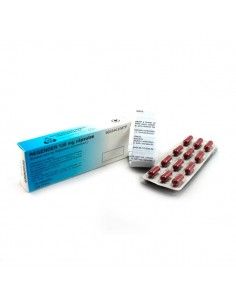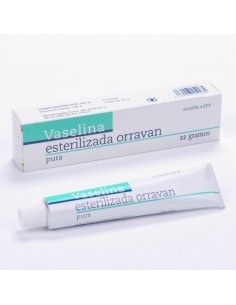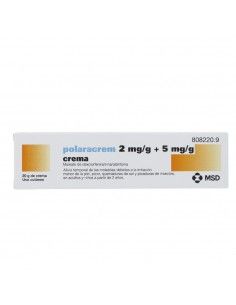ACTION AND MECHANISM
Hydrocortisone is a non-fluorinated corticosteroid whose potency varies depending on the salt used, from low potency (in base and acetate form), to moderate potency (butyrate, buteprate) or high potency (aceponate). Several pharmacological activities have been described that may be useful in skin disorders:
- Anti-inflammatory. They exhibit potent, non-specific anti-inflammatory activity against most inflammatory causes, including mechanical, chemical, immunological or microbiological agents.
The effect appears to be due to binding to intracellular steroid receptors, forming a complex that stimulates the production of the protein lipocortin (or macrocortin), which acts as a phospholipase A2 inhibitor. This has the effect of reducing the production of certain arachidonic acid-derived pro-inflammatory mediators such as prostaglandins and leukotrienes.
In addition to this direct effect on production, they also reduce the release of pro-inflammatory factors such as kinins, histamine, liposomal enzymes, prostaglandins and leukotrienes.
- Vasoconstrictor. Topical application decreases macrophage and leukocyte cell migration to injured areas, reverses vasodilatation and decreases vascular permeability. These effects reduce oedema, erythema and pruritus.
- Antiproliferative. They suppress DNA synthesis, exerting an antimitotic effect that reduces the tissue hyperplasia characteristic of psoriatic processes.
- Immunosuppressive. May be due to inhibition of cytokine synthesis and a possible antimitotic effect.
SPECIAL WARNINGS
- Use on large surfaces, for prolonged periods of time or under occlusive conditions (including nappies or skin fold areas) may result in systemic effects. It is recommended to avoid these conditions of use, and if this is not possible, to limit the duration of treatment to a minimum.
- There is a risk of rebound effect and adrenal suppression in case of abrupt discontinuation of corticosteroid. Discontinue gradually or replace with a less potent corticosteroid.
ELDERLY
No specific problems have been reported in the elderly. However, elderly patients are more susceptible to systemic adverse effects of corticosteroids and caution is recommended.
In patients wearing nappies, application of corticosteroids to the areas covered by the nappy should be avoided as a general rule.
PATIENT ADVICE
- Respect the dosage and duration of treatment prescribed by your doctor.
- Do not apply to eyes, open wounds, mucous membranes or areas of skin with folds or that will be covered, such as areas covered by nappies. In case of accidental eye contact, flush eyes with plenty of water.
- Wash hands after administration.
- Maintain good hygiene at the site of administration.
- Do not stop treatment abruptly. Consult your doctor about how to stop the steroid.
- Notify the doctor and/or pharmacist if symptoms of infection appear at the site of application.
CONTRAINDICATIONS
- Allergy to corticosteroids or to any other component of the medicinal product.
- Direct application to areas of skin with any of the following processes:
* [SKIN INFECTION] active, such as [HERPESVIRUS INFECTION], [VARICELLA], [CUTANEOUS TUBERCULOSIS] or areas with skin disorders associated with syphilis (see Precautions; Skin Infections).
* ROSAGE], [PERIBUCAL DERMATITIS], [CUTANEOUS ULCER], [BURNS], [CUTANEOUS ATROPHIA] or [ACNE], which may be aggravated by the use of topical corticosteroids.
* Hypersensitivity reaction after administration of vaccines.
EFFECTS ON DRIVING
Hydrocortisone does not appear to affect the ability to drive.
PREGNANCY
Safety in animals: administration of corticosteroids in experimental animals has resulted in teratogenic and embryotoxic effects when used at doses higher than recommended.
Safety in humans: adequate and well-controlled studies in humans are not available. Although some authors state that the use of corticosteroids results in a 1% incidence of cleft palate, human studies with systemic corticosteroids have generally failed to confirm the teratogenicity observed in animals.
Hydrocortisone is metabolised in the placenta, so foetal exposure after topical application is not expected to be high.
As a general rule for topical corticosteroids, it is recommended to avoid their use during the first trimester of pregnancy, and to assess the benefit/risk ratio in the last two trimesters. If they are used, they should be used at the lowest possible dose, and it is recommended to monitor the appearance of hypoadrenalism in the newborn.
Effects on fertility: No specific studies have been carried out in humans.
PHARMACOKINETICS
Topical route:
- Absorption: topical corticosteroids are absorbed through the skin, with absorption varying according to factors such as the physicochemical properties of the molecule, the characteristics of the pharmaceutical form, the thickness and condition of the skin (greater absorption in areas of thin skin such as the face and genitals or in the case of wounds, inflammation) or the form of application (greater absorption in occlusive conditions).
- Distribution: high binding to plasma proteins (90%), mainly transcortin or steroid-binding globulin. When saturation of this transporter occurs, it also binds to albumin. Vd is 34 l.
- Metabolism: extensive systemic and hepatic metabolism, giving rise to a multitude of inactive metabolites such as glucuronides or hydrocortisone sulphates.
Enzyme inducing/inhibitory capacity: does not appear to have a significant effect.
- Elimination: mainly in urine (< 1% unchanged). TLC is 18 l/h and t1/2 1-2 h.
Pharmacokinetics in special situations: no specific data available in children, elderly or patients with renal or hepatic insufficiency.
INDICATIONS
- Symptomatic treatment of [ITCHING] of the skin due to minor skin irritations, [ALLERGIC CONTACT DERMATITIS] due to soaps, detergents, metals, insect bites and nettles.
INTERACTIONS
Not established.
BREASTFEEDING
Safety in animals: No data available.
Safety in humans: not known to be excreted in milk, although systemic corticosteroids are excreted in milk, and cases of growth retardation in infants have been reported.
Although adverse reactions in the infant are unlikely following local application of a corticosteroid to the mother for short periods of time, it is advisable to restrict its use only to situations where safer therapeutic alternatives do not exist and the benefits to the mother outweigh the potential risks to the infant.
Avoid direct administration to the breasts before breastfeeding. In case of application to the nipples, the nipples should be washed before breastfeeding to remove all traces of corticosteroid. After application of a corticosteroid with high mineralocorticoid activity (isoflupredone acetate) to the nipples for 2 months, Cushing's syndrome, arterial hypertension, prolongation of the QT interval, electrolyte disturbances and growth retardation in infants were reported.
CHILDREN
Children, especially younger children, have increased skin absorption of corticosteroids due to the immaturity of their skin barrier. Therefore, they may be more susceptible to adverse reactions to topical corticosteroids such as adrenal suppression, Cushing's syndrome or growth retardation.
The use of corticosteroids in children should be carried out under medical supervision, with the lowest possible dose and duration of treatment.
In case of children still wearing nappies, the application of corticosteroids to the areas covered by the nappy should be avoided as a general rule.
GUIDELINES FOR CORRECT ADMINISTRATION
Do not administer to large areas of skin larger than 40% of the body surface. Avoid application on open wounds on the skin, intertriginous areas, mucous membranes or on the eyes.
Wash hands after each application.
POSOLOGY
"CALMIOX, HIDROSCIDIN FOAM".
- Adults and adolescents > 12 years: apply a thin layer on the affected area, 1-2 times a day. In more severe cases it can be applied up to 3-4 times a day.
- Children < 12 years: apply 1-2 times a day. Use only under medical supervision.
- Elderly: no specific dosage recommendations have been made. Use under medical supervision.
Duration of treatment: use for a maximum of 7 days, unless recommended by a doctor.
Missed dose: administer the next dose at the usual time. Do not double the next dose.
POSOLOGY IN HEPATIC INSUFFICIENCY
No specific dosage recommendations have been made.
POSOLOGY IN RENAL INSUFFICIENCY
No specific dosage recommendations have been made.
PRECAUTIONS
- Cutaneous infections. Corticosteroids are immunosuppressive drugs, so they could favour the appearance or aggravation of infections in the area of administration. The risk of infection is greater if applied under conditions that favour moisture and heat, such as when using occlusive dressings (including nappies).
The use of topical corticosteroids in active local infections is contraindicated until the process has been controlled.
If symptoms of infection develop at the site of administration, it may be necessary to administer an appropriate antimicrobial, and if the infection cannot be controlled, the corticosteroid may need to be temporarily discontinued.
- ADRENOCORTICAL INSUFFICIENCY]. Corticosteroids may cause inhibition of the hypothalamic-pituitary-adrenal axis, especially with systemic administration, but may also occur with high-dose topical administration, prolonged treatment and occlusive conditions, especially in children and adolescents.
The severity of hypoadrenalism varies from mild with general malaise, joint or muscle pain, fatigue, headache, nausea and vomiting to severe, life-threatening conditions. Recovery of adrenal function can be slow, taking up to several months.
It is recommended to limit the duration of treatment (see Dosage). If longer periods are required, the patient should be closely monitored and, if possible, intermittent treatment should be recommended.
Symptomatic adrenal suppression may be triggered by abrupt discontinuation of corticosteroid therapy. Therefore, hydrocortisone treatment should be discontinued gradually or replaced by a lower potency corticosteroid.
- PSORIASIS]. Topical corticosteroids may cause exacerbations of psoriasis, tolerance to treatment, as well as development of generalised pustular psoriasis or toxicity due to alterations in skin barrier function. Monitor patient response.
- Systemic effects. Topical administration of corticosteroids is not expected to produce systemic effects (e.g. arterial or ocular hypertension, glaucoma, cataracts, osteoporosis), but the risk is increased in case of application of high doses, on large superficial areas (>40%) or areas of thin (such as the face) or injured skin, for prolonged periods of time or under occlusive conditions, including nappies or areas with skin folds, so extreme caution is advised in children, the elderly and patients with [OBESITY]. It is recommended to avoid these conditions of use, and if this is not possible, to limit the duration of treatment to a minimum.
ADVERSE REACTIONS
It is generally well tolerated and most adverse reactions are local. However, in case of excessive systemic absorption, such as application over large areas, over long periods of time and with occlusion, systemic reactions cannot be excluded.
Adverse reactions are described according to each frequency range as very frequent (>10%), frequent (1-10%), infrequent (0.1-1%), rare (0.01-0.1%), very rare (<0.01%) or of unknown frequency (cannot be estimated from available data).
- Cardiovascular: very rare [ARTERIAL HYPERTENSION].
- Dermatological: frequent [CONTACT DERMATITIS]; very rare [PRITITITITUS], [ERYTHEMA], [CUTANEOUS IRRITATION], [CUTANEOUS ERUPTIONS], [SKIN DRYNESS], [CUTANEOUS ATROPHY], [STRIAS], [ACNE], [HIRSUTISM], [TELANGIECTASIA], [FOLLICULITIS], [PERIBUCCAL DERMATITIS], [ROSACEA], [SKIN DEPIGMENTATION], [HAEMATOMA].
- Allergic: very rare local [HYPERSENSITIVITY REACTIONS].
- Ophthalmological: very rare [CATARACTS], [GLAUCOMA].
- Endocrine: very rare [SECONDARY CORTICOSUPRARENAL INSUFFICIENCY], Cushingoid appearance.
- Metabolic: very rare [WEIGHT GAIN], [DELAYED GROWTH].
- Infectious: frequency unknown [SKIN INFECTION].
ADVERSE REACTIONS RELATED TO EXCIPIENTS
- Because it contains bronopol it may cause local skin reactions such as [CONTACT DERMATITIS].
OVERDOSAGE
Symptoms: The risk of accidental acute overdose is low due to the route of administration.
However, in case of applications of excessive doses over large areas, and for prolonged periods of time, a potentiation of systemic side effects may occur. In severe cases, adrenal suppression may occur, potentially severe in case of discontinuation of the corticosteroid.
Action to be taken:
- Antidote: no specific antidote.
- General measures for elimination: it is usually sufficient to remove the steroid by washing the area to which it has been applied with soap and water. In case of intentional ingestion, administration of activated charcoal may be necessary.
- Monitoring: clinical surveillance of the patient.
- Treatment: symptomatic.



